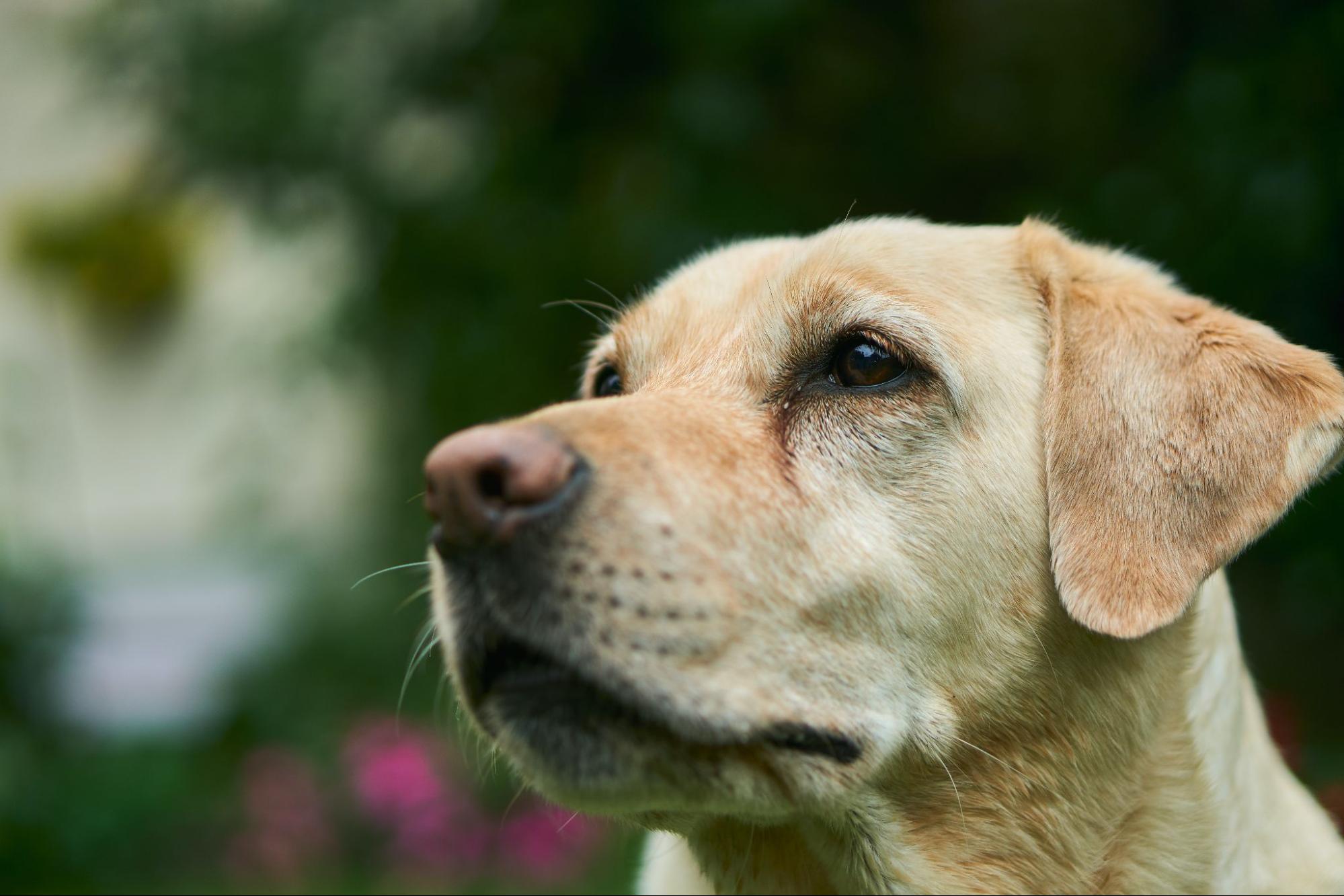How to Train a Dog to Stop Jumping Up
Training a dog to stop jumping up is an essential part of their obedience training. Labradors, known for their friendly and excitable nature, are particularly prone to this behavior. In this article, I’ll share effective techniques on how to train a dog to stop jumping up and discuss the consequences of Labradors jumping up.
Jumping up can be a problematic behavior, especially when it becomes excessive or uncontrolled. Not only can it be annoying for you and your guests, but it can also lead to potential accidents or injuries. As Labradors are larger breeds, their jumping up can easily knock over children or elderly individuals.
- Excitement and Greeting: One common reason Labradors jump up is out of excitement when greeting their owners or visitors. They express their joy by leaping towards people, seeking attention and affection. While it may seem endearing initially, allowing this behavior can lead to several consequences.
- Reinforcement: Labradors are intelligent dogs that quickly learn through positive reinforcement. If a Labrador jumps up and receives attention or rewards such as petting or treats, they associate jumping with positive outcomes, reinforcing the behavior further.
- Lack of Training: Another reason for Labradors jumping up is inadequate training during their early stages of development. Without proper guidance, they may not understand that jumping is undesirable behavior.
The impact of Labradors jumping up can be significant in various aspects of training:
- Safety Concerns: Jumping up can pose safety risks to both the dog and those around them, especially children or elderly individuals who may be unsteady on their feet.
- Social Etiquette: Not everyone appreciates having a large dog jump on them, particularly if they have allergies or fear dogs. It’s essential for Labradors to learn appropriate greetings without resorting to jumping.
- Obedience Training: Jumping up can hinder progress in other areas of obedience training as it indicates a lack of impulse control and respect for boundaries.
To address this issue effectively:
- Consistency is Key: Ensure all members of your household follow consistent rules regarding jumping up so as not to confuse your Labrador with mixed signals.
- Positive Reinforcement Techniques: Teach your Labrador alternative behaviors like sitting calmly or offering a paw when greeting people. Reward them with treats, praise, or playtime for displaying these desired behaviors.
- Redirect and Ignore: When your Labrador attempts to jump up, redirect their attention by asking them to sit or lie down. If they persist, withdraw attention by turning away and ignoring them until they settle down.
- Seek Professional Help if Needed: If your efforts alone are not yielding satisfactory results, consider consulting a professional dog trainer who specialises in behavior modification for additional guidance and support.

Understanding the Consequences of Jumping Up for Labradors
Labradors are known for their friendly and exuberant nature, but when it comes to jumping up on people, this behavior can have some consequences. In order to effectively train a dog to stop jumping up, it’s important to understand why this behavior occurs and the impact it can have.
- Potential Injury: Labradors are large and strong dogs, so when they jump up on someone, especially children or elderly individuals, there is a risk of injury. Even if unintentional, their enthusiasm can cause accidents like knocking someone over or scratching them with their paws. This not only poses physical harm but also increases the likelihood of fear or discomfort around dogs in general.
- Reinforcing Bad Habits: When we allow our Labradors to jump up on us without consequence, we inadvertently reinforce this behavior. Dogs learn through repetition and association, so if they receive attention or affection while engaging in jumping up, they will continue doing so because they associate it with positive outcomes. This cycle perpetuates the problem and makes it harder to break the habit later on.
- Social Implications: While some people may find a Labrador’s jumping up endearing or cute initially, it can become problematic in social situations. Imagine having guests over who are uncomfortable with dogs or wearing nice clothes that could be dirtied by muddy paws! If not addressed early on, this behavior can lead to strained relationships with friends and family members who may avoid visiting altogether.
- Behavioral Issues: Jumping up is often a symptom of an underlying behavioral issue such as excitement or lack of impulse control. If left unaddressed, these issues can manifest in other unwanted behaviors like excessive barking, chewing furniture, or even aggression towards humans or other animals. By addressing jumping up proactively and teaching alternative behaviors like sitting calmly when greeting people, we can help prevent further behavioral problems down the line.
- Training Challenges: Training a dog to stop jumping up can be challenging, especially if they have already developed a strong habit of doing so. It requires consistency, patience, and positive reinforcement techniques. However, by investing time and effort into training, we can help our Labradors understand that jumping up is not acceptable behavior and provide them with alternative ways to seek attention or express their excitement.